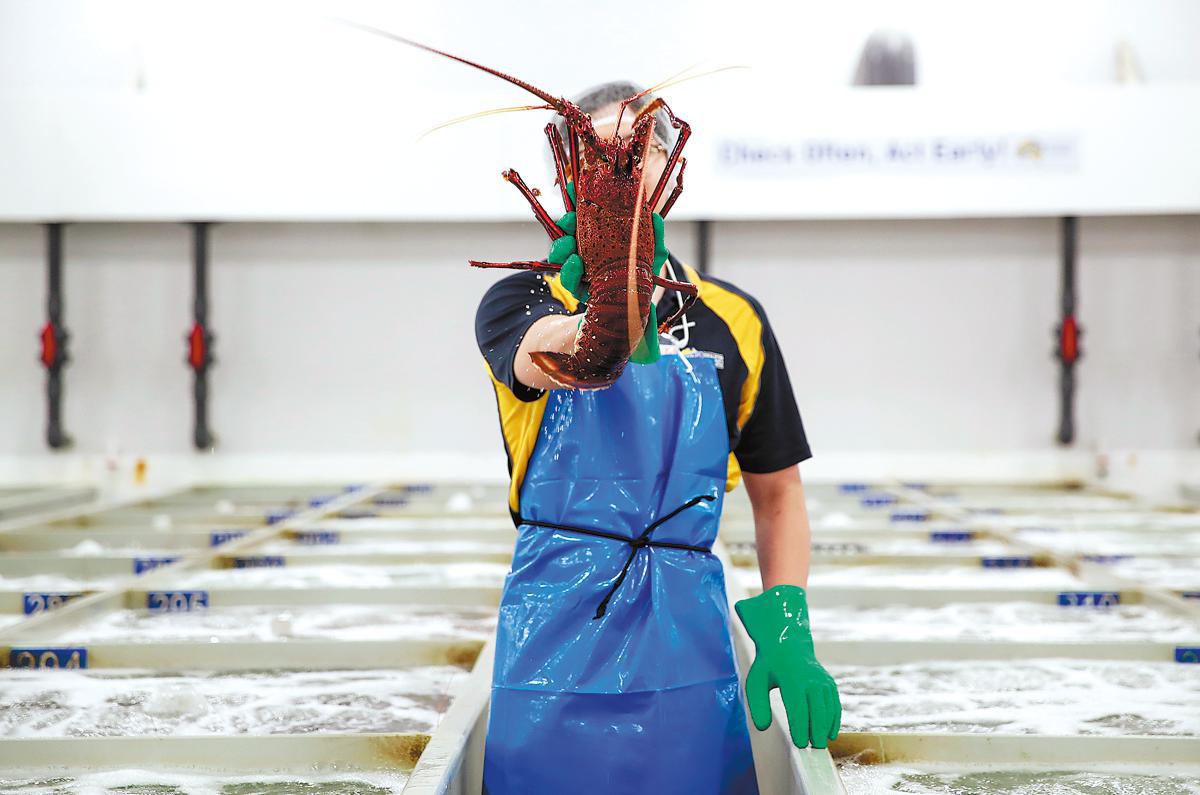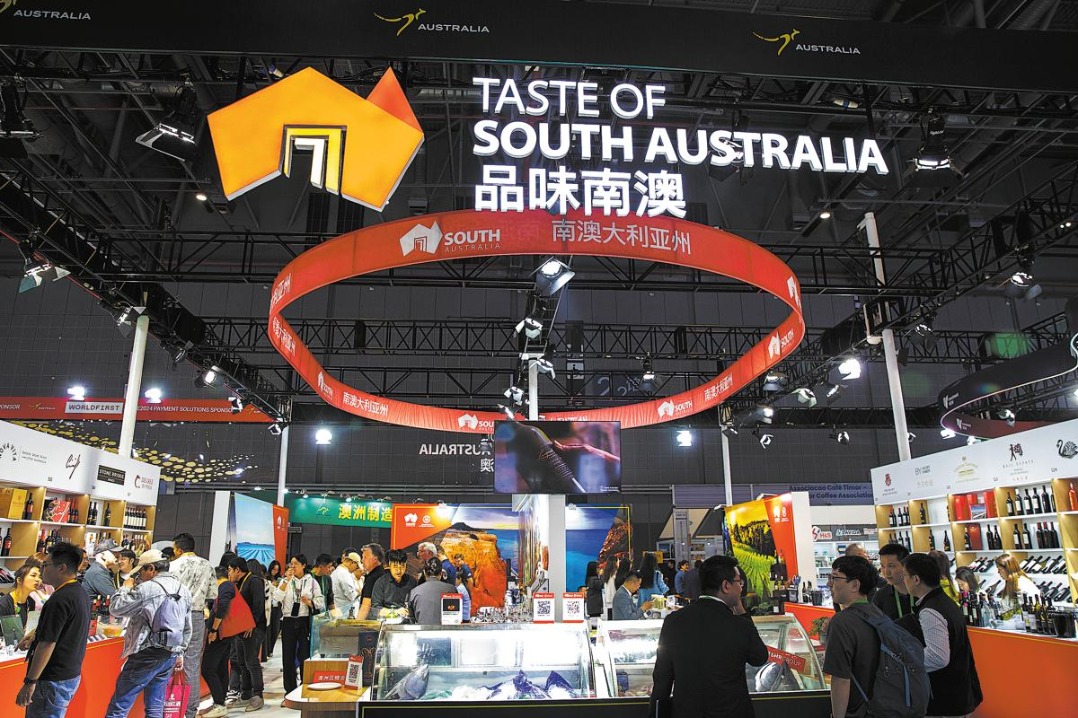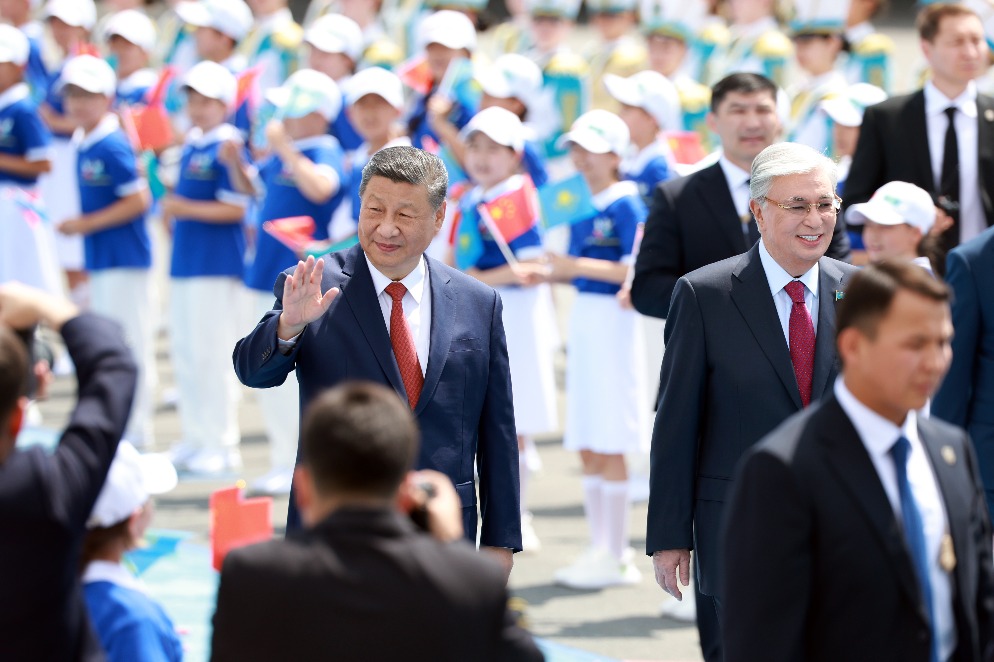ChAFTA set for brighter next chapter
Analysts hail first 10 years of China-Australia free trade deal, share optimism for future amid global challenges


Vital conduit
Ducat believes that beyond traditional trade, there is genuine potential for co-creation and shared opportunities for Australian companies.
"Australia brings our unique design ingenuity, deep understanding of building for harsh environments, our rich mineral resources, and policy support," he said.
"China brings its world-leading battery innovation, unparalleled manufacturing scale, and established pathways into these vast global markets, many within the Belt and Road Initiative. This is how we find powerful mutual benefit.
"A modernized ChAFTA becomes the vital conduit, ensuring our joint ventures have privileged access, allowing us to truly access global markets together," Ducat noted.
Australia's Department of Foreign Affairs and Trade said: "ChAFTA is delivering enormous benefits to Australia, enhancing our competitive position in the Chinese market, boosting economic growth, and creating jobs".
DFAT also said China is Australia's largest trading partner, noting that trade and investment with China are central to the country's future prosperity.
In the agricultural sector, China is Australia's largest export market, worth an estimated A$17.2 billion ($11.12 billion) in 2023, according to the DFAT, with Chinese demand for agricultural products forecast to more than double by 2050.
According to a fact sheet released by the department, ChAFTA has reduced tariffs on multiple Australian agricultural and processed food exports, including beef, dairy, seafood and other goods. This has given Australian exporters significant competitive advantages over their international rivals.
"In the past, the absence of a bilateral FTA with China meant Australian producers and exporters faced significant tariffs on agricultural products, and were at a competitive disadvantage to countries that had an FTA with China — including New Zealand, Chile and ASEAN(Association of Southeast Asian Nations)," said DFAT.
"ChAFTA addresses this issue, and also gives Australia a significant advantage over other larger players, such as the US, EU and Canada," it added.
Seafood success story
The success of premium seafood supplier Ferguson Australia, based in South Australia state, reflects the shared benefits under ChAFTA.
"The Chinese market remains critically important for Australian seafood exports, particularly for southern rock lobster, which is wild-caught in South Australia," Andrew Ferguson, the company's managing director, told China Daily.
"Free trade with China creates significant opportunities for both developing and refining new market segments within this vast and dynamic marketplace," Ferguson said.
"It also enables the identification and establishment of partnerships with top-tier supply chain providers who can deliver full transparency and direct routes to the end customer," said Ferguson.
In April, his company signed a memorandum of understanding with China Eastern Airlines — a major Chinese airline and cold chain logistics company — to further explore the Chinese market.
In the year to February, seafood exports to China grew by almost 500 percent to A$63.3 million, said South Australian authorities. This was led by A$47.1 million in southern rock lobster exports, with over 520 metric tons exported in just two months since trade barriers were removed.
Australia's horticultural sector is set to reap more rewards from the growing bilateral trade under ChAFTA.
Many Australian products enjoy quarantine access protocols for export into China amid the progressive elimination of tariffs, said DFAT.
In late April, Australian apple producers welcomed a move to sell more fruit to Chinese consumers.
Apple and Pear Australia Ltd said that a new protocol signed to allow apples grown on the Australian mainland to be exported to China "marks a significant step forward for Australian growers looking to expand into viable international markets".
"Following several years of positive dialogue and engagement, exports of Australian mainland apples to China are set to commence in the 2026 season," said APAL, which positions itself as the national representative for Australia's A$600 million apple and pear industry.
Previously, apples grown in Australia's southern island state of Tasmania could be exported, but not those from the Australian mainland because of fruit fly concerns.
Jeremy Griffith, APAL's head of industry and government relations and advocacy, told China Daily that the move marked "a great opportunity (for) accessing the premium market in the Asian region" amid the trade developments under ChAFTA.
"In Australia, we're very reliant upon domestic retailers … so here's an opportunity for us to grow high quality apples and to be able to export them to an overseas market," he said.
In assessing the first decade of ChAFTA, Australia's former trade minister Robb said mechanisms can now be used to review the agreement for more opportunities and build on its achievements for the next decade and beyond.
"It's true now that we've had 10 years of experience. We've had some rocky times. We got through it all and still held up," he said. "It's an architecture. It's an agreement that is sustainable, and we've got to keep using it."
Zhong Nan contributed to this story.
Contact the writers at xinxin@chinadaily.com.cn























